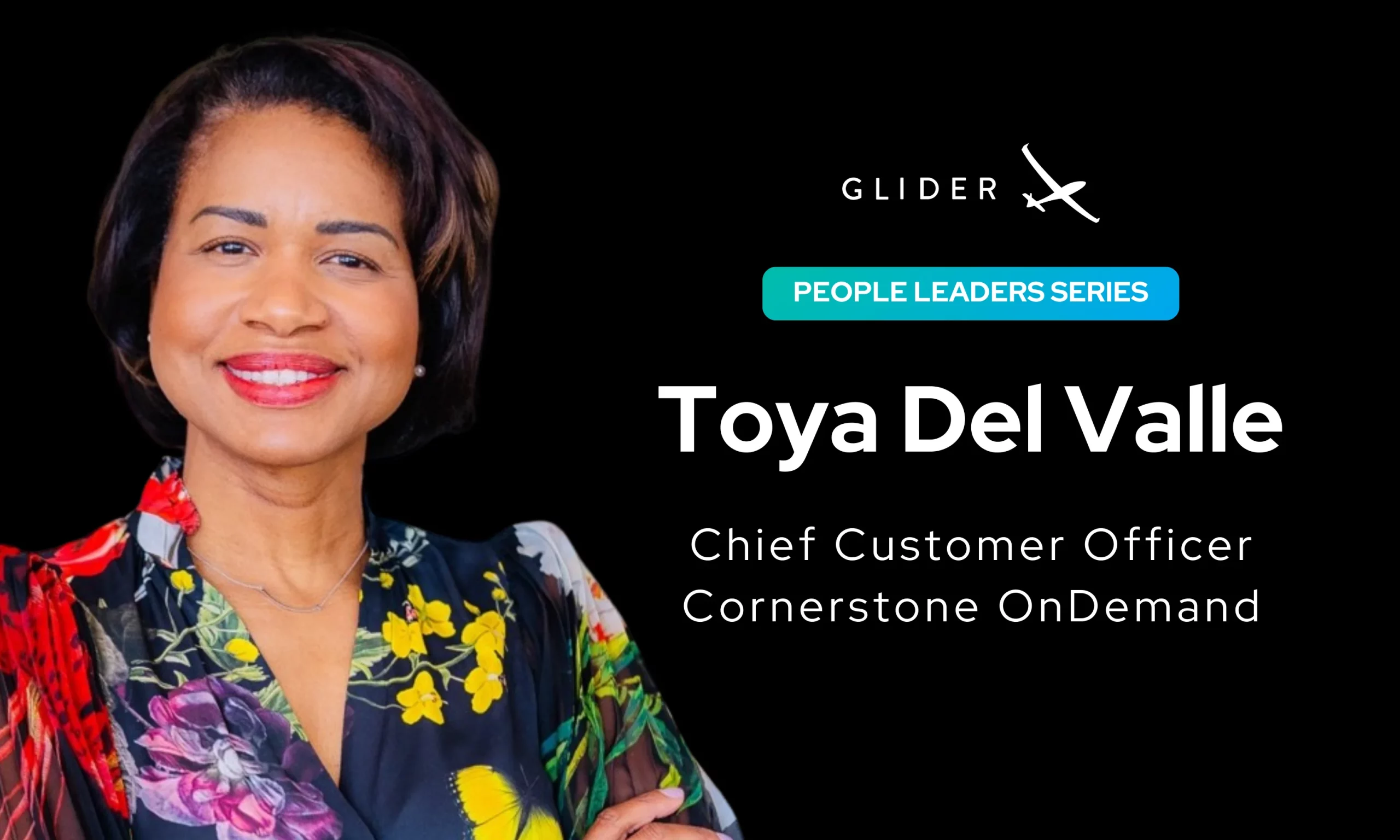
Make talent quality your leading analytic with skills-based hiring solution.

A remote interview is a type of interview where the candidate and interviewer are in different physical locations. It can be done over voice calls, but video and other digital tools are much more common nowadays. If you are new to this virtual recruitment method or want to improve your practices, keep reading for tips on executing virtual interviews more effectively.
Remote interviews became more prevalent during the COVID-19 pandemic when social distancing measures and health concerns made in-person meetings risky.
Companies had to adapt quickly, and thankfully, video conferencing technology provided a safe and effective alternative.
But while the pandemic kicked off the trend, remote interview’s convenience and benefits for both employers and candidates have made them a mainstay in hiring.
Remote interviewing lets companies reach a wider talent pool that is not limited by location. It also saves employers and applicants time and money on travel and logistics. Of course, candidates appreciate the convenience and potentially more comprehensive range of opportunities brought about by virtual interviews.
The candidate experience you provide — encompassing all interactions and the overall perception a candidate forms during the hiring process — can directly affect your company’s ability to attract and hire the right people.
In this age of social media, it’s straightforward for job seekers to share their experiences online. Creating a positive candidate experience can dramatically improve your employer’s brand and reputation. Applicants who enjoy your recruitment process are more likely to promote your company publicly and accept your job offer. Even those who aren’t selected may advocate for your company or reapply if they have had a positive experience.
Prioritizing candidate experience also shows your company’s commitment to treating all prospective hires fairly and respectfully. This positive reputation makes your company more attractive to top talent.
While remote interviews offer a lot of perks, they can also be challenging to implement correctly. Here are some issues to look out for:
1. Review Your Interview Process.
Are you planning to transition to remote interviews or at least incorporate virtual recruitment into your strategy? Now is a great time to review and improve your current hiring process.
Identify potential improvements. Is your process consistent? If not, take the time to build a structured recruitment and interview process. Having a dependable procedure can help you make reliable hiring decisions. Are you still using manual recruitment tools? Consider switching to virtual interviews and online assessments to save time and resources.
2. Get the Right Tools.
While it’s possible to use essential video platforms such as Zoom or Skype, investing in dedicated remote interviewing tools is often more practical to enjoy additional functionalities.
For example, Glider AI’s one-way interview software lets you pre-recorded interview questions and have applicants record themselves, answering them remotely at their convenience. Inconvenience is a time-consuming process of schedule juggling that enables you to interview more people efficiently, making it an excellent tool for mass hiring efforts.
3. Develop A Process for Remote Interviews.
Remote interviews typically involve multiple stakeholders, such as hiring managers and potential teammates. Establish a standard process for conducting these interviews immediately and ensure everyone understands their roles. If some parties do not usually participate in remote recruitment and need to be made aware of best practices, take the time to give them video interview tips and clarify the interview’s agenda and order of events.
4. Communicate Interview Prerequisites.
If necessary, err on the side of caution and over communicate. Refrain from assuming that all candidates know how to conduct a remote interview. For some people, this could be their first time.
Provide consistent information to all candidates to ensure they start on equal footing. Send them the interview details well in advance, including information on:
You can also send them online interview tips (like finding a quiet space and minimizing distractions).
5. Focus and Listen Actively During Interviews.
Did you know that only a tiny fraction of our message is conveyed verbally? The vast majority—between a Whooping 70% and 93%—is transmitted through nonverbal cues such as body movements, facial expressions, eye contact, hand gestures, posture, and even tone of voice.
Many of these nonverbal signals are less discernible in remote interviews, complicating communication. This is why, as a recruiter, you must actively engage with applicants as if you were in the same room—maintain good posture, lean forward, and smile when appropriate to show that you are fully involved in the dialogue.
6. Make Interviews Two-Way Conversations.
Give interviewees ample opportunity to ask questions. Remember that it’s easier for them to imagine working at your company if they have visited or met your team in person. If they don’t ask any questions, share the information proactively.
7. Engage Candidates with Follow-Up Questions.
Don’t pack the interview with back-to-back questions. Instead, schedule some time for follow-up discussions based on the candidate’s responses. Look for opportunities to dig deeper using prompts like:
·Can you tell me more about…?
· That’s interesting. Can you elaborate on how you handled it?
You can also present hypothetical situations related to the role and ask the candidate how they would approach them. Be sure to frame your follow-up questions as a natural extension of the conversation so they don’t sound like an interrogation.
Conclusion
Virtual interviews can help you find great talent, but building rapport requires extra effort. By focusing on these tips mentioned above — including using one-way interview software — you can create a positive remote interview experience even without a face-to-face meeting.

“The Perfect Candidate Just Hacked Us”: Inside the Global Playbook of Hiring Fraud That 100% test score might be your biggest red flag. Enterprise breaches don’t always start with phishing emails; sometimes, they start with a fake job interview. In this episode of Talented, Joseph Cole sits down with COO Ben Walker to unpack one […]

Can HR Stop Playing Buzzword Bingo with Skills and AI? If you’re an HR or TA practitioner or work in HR Tech in any capacity, AI and Skills-Based Hiring is what everyone is talking about. The problem? All the talk is diluting the importance of two very interrelated topics. Glider AI sponsored the Transformation Realness […]

Q&A with HR/TA Analyst Kyle Lagunas The traditional playbook that was HR is being rewritten. AI is reshaping work, skills-based strategies are transforming hiring, and HR teams are under pressure to deliver more with less. HR isn’t just about managing people anymore—it’s about engineering the future of work. In this Q&A session, Kyle Lagunas and Joseph […]